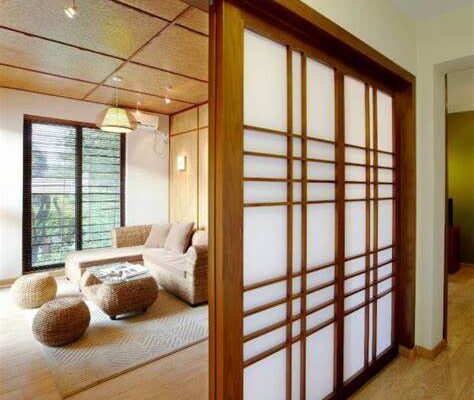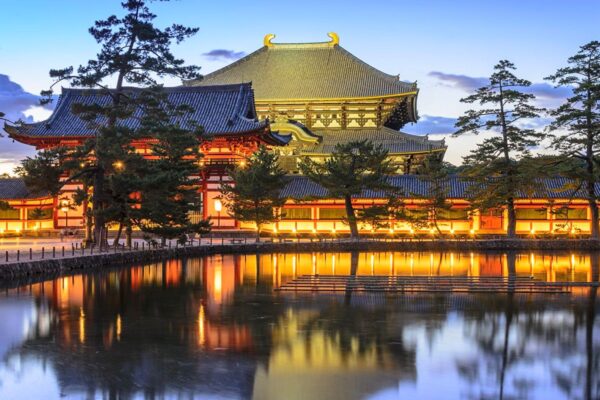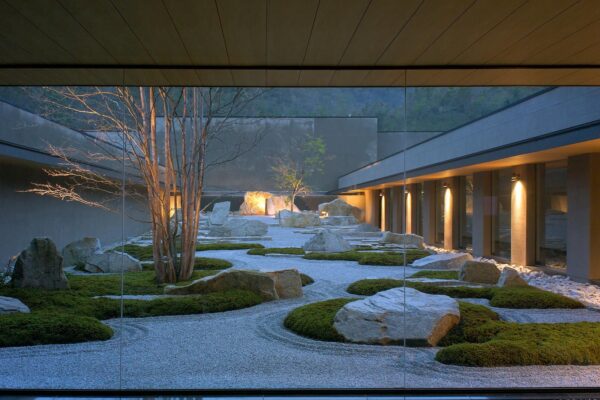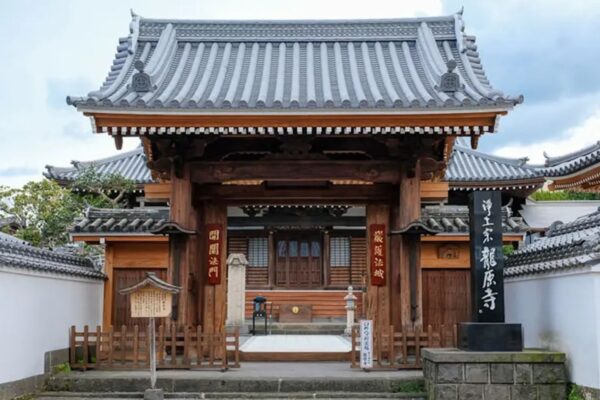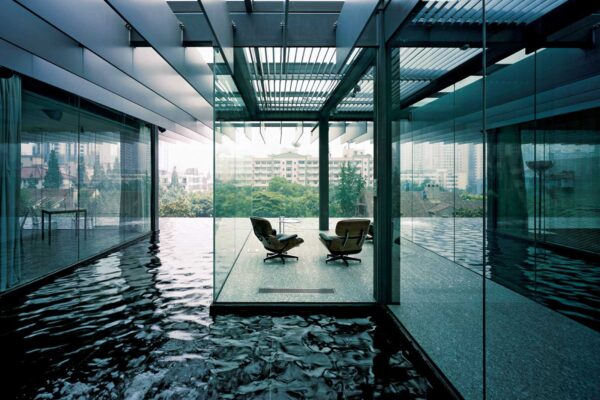
Kengo Kuma: The Modern Master of Japanese Architecture
Kengo Kuma is one of Japan’s most influential architects, known for blending traditional craftsmanship with modern innovation. His works redefine Japanese architecture by using natural materials, lightweight structures, and a deep respect for cultural heritage. With a vision that challenges rigid urban landscapes, Kuma embraces the principles of harmony, transparency, and sustainability. Let’s explore what…







